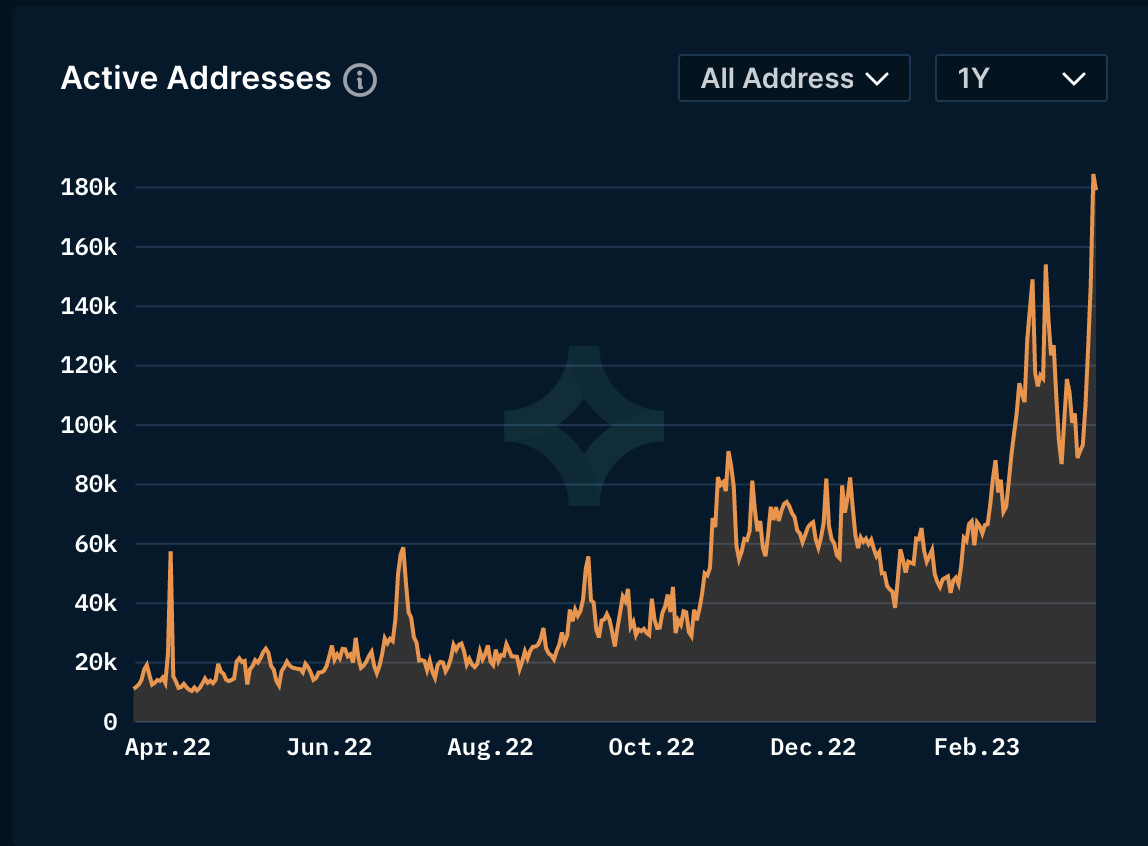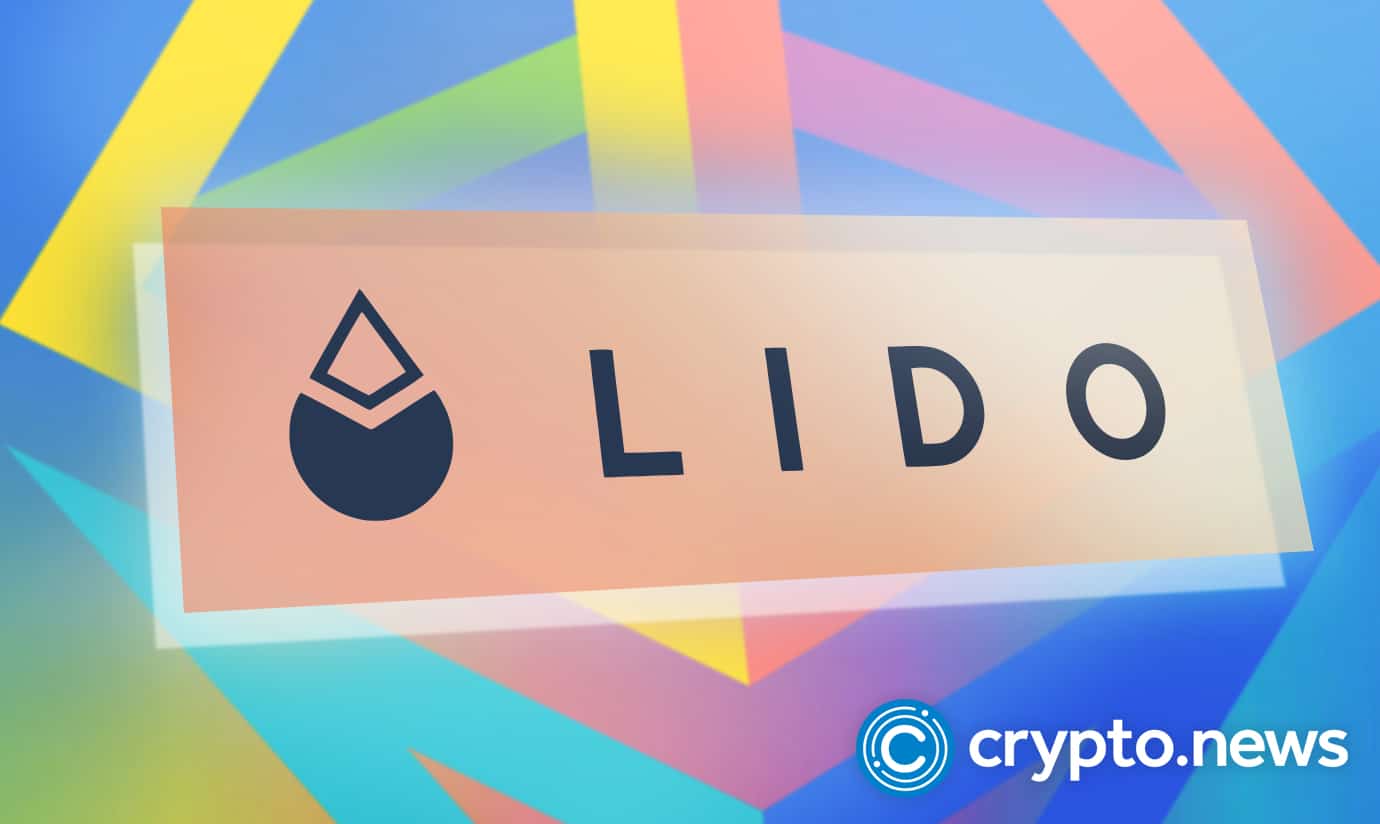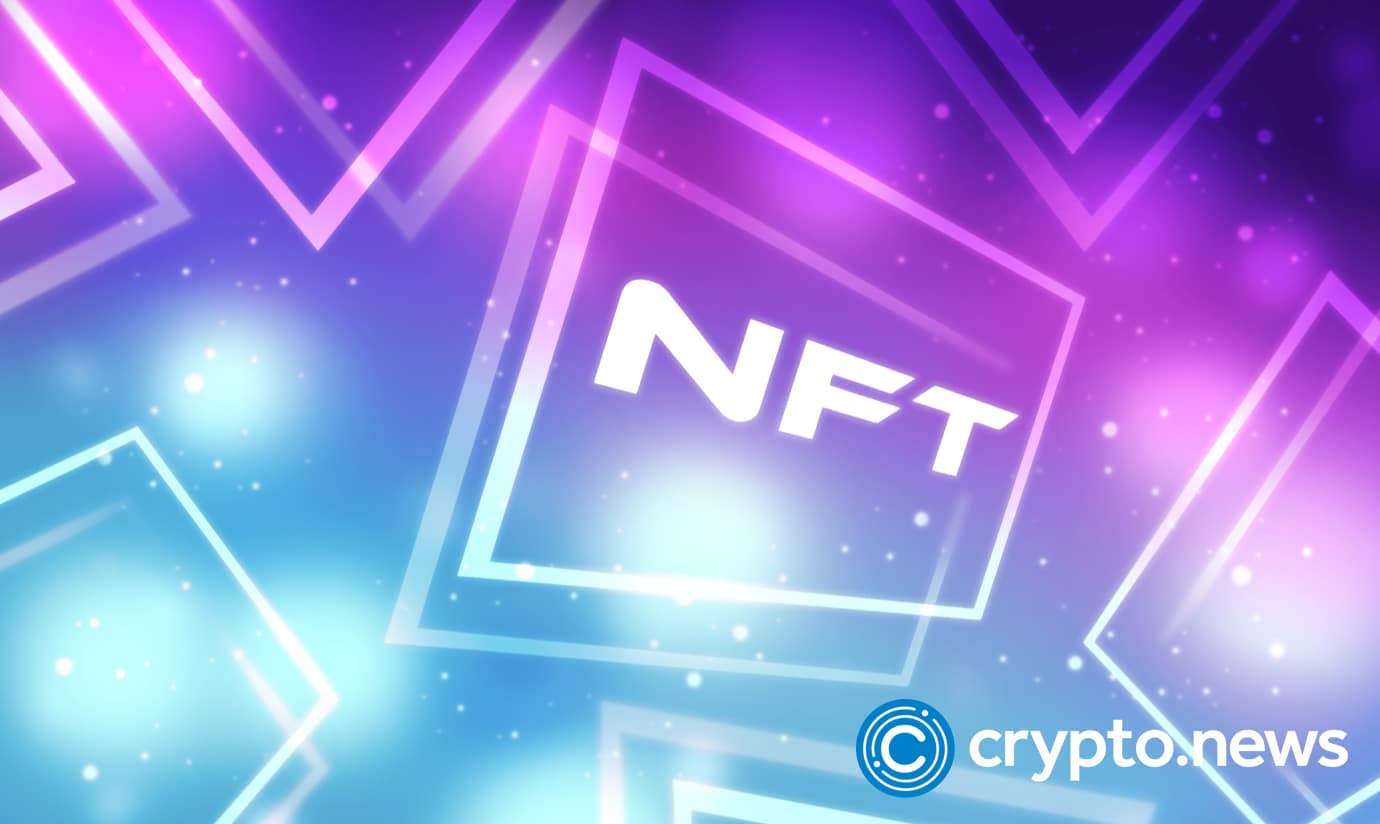
2023-6-29 12:07 |
One of the most prominent trends in the digital asset space over the last year has been an evaporation of liquidity.
On the one hand, price charts may suggest that the picture for crypto is far rosier today than it was in November, when Bitcoin hit $15,500 in the aftermath of the FTX collapse. In many ways, that is true, and Bitcoin has doubled since. However, there are concerns underneath the hood, with liquidity one area where the trend is far less palatable.
Alameda Research was one of the largest market makers in the space, and their startling demise amid the FTX scandal has left a giant hole in liquidity. One can download any order book to see this, but the below chart displaying the balance of stablecoins on exchanges highlights the same thing – with 60% of the balance flooding out of exchanges since, equating to withdrawals of $26 billion.
This trend may have been kicked off by FTX and Alameda’s demise, but there is more causing the exodus of capital. Binance came under fire in December when it refused to publish its liabilities, triggering concern that the opaque nature of the exchange was for sinister reasons. Instead of agreeing to a proper audit to prove reserves were sufficient to cover liabilities, Binance partnered with accounting firm Mazars to release a “proof of reserves report” which, bizarrely, made no reference to liabilities.
CEO Changpeng Zhao instead insisted that stakeholders need to “ask around” for details on liabilities. The outcry that followed was predictable – reserves are irrelevant if nobody knows what the liabilities are. Mazars even pulled out of working with crypto clients in response to the reaction.
yes, but liabilities are harder. We don't owe any loans to anyone. You can ask around.
— CZ 🔶 Binance (@cz_binance) December 7, 2022Binance was also sued this month by the SEC, having already been charged by the Commodity Futures Trading Commission in March. The allegations are numerous, including running an unregulated securities exchange, trading against customers, failing to implement money laundering controls, encouraging users to evade US restrictions and more.
The publicly listed Coinbase was also sued this month over securities violations. The regulatory clampdown is accelerating at a rapid pace in the US, and coupled with the dent to centralised crypto companies’ reputations, outflows have dominated inflows in the last nine months – the red on the below chart exceeding the green since FTX collapsed in November (with volumes in both directions notably lower than 2021 and 2022).
This distaste as a result of tightening regulation and a lack of transparency from exchanges is turning both institutional capital and retail traders away from the space, which the above charts highlight by showing the outflow from stablecoins.
Stablecoins sell off aggressivelyIt’s not just exchanges, however, which are causing this selloff – it is the stablecoins themselves. BUSD, the Binance-branded stablecoin, was shut down by regulators in February. Its New York-based issuer, Paxos, was sued over securities violations, meaning the market cap of the stablecoin will slowly decline to zero.
The other prominent episode was that of USD Coin, issued by Circle. When Silicon Valley Bank went under in March, the market sold USDC off aggressively. 25% of the reserves backing USDC were held in cash, spiking fear that USDC was no longer sufficiently backed. While it was subsequently revealed that 8.25% of total reserves were in SVB, before the US administration stepped in to guarantee deposits, the outflows were already significant.
USDC’s peg even dipped as low as 88 cent at one point, before the backstop was announced. Given the travails of USDC and BUSD, the controversial USDT seized market share, climbing above a 63% share for the first time in two years. This is ironic given the long-running concerns around the safety of reserves backing Tether, but such is the scale of the regulatory clampdown in the US that the European-based USDT is beginning to dominate once more (any port in a storm?).
What happens next?Predicting the future in crypto is always a tough task, but that is made ever-more-challenging by some emphatic developments in recent weeks. Despite the aforementioned regulatory clampdown, institutions have suddenly started making moves back into the crypto space, after eighteen months of near silence.
Blackrock, the largest asset manager in the world, filed an application two weeks ago for a spot Bitcoin ETF. This week, Fidelity, the world’s third-largest asset manager, did the same. There is no guarantee these go anywhere (many have tried and failed in the pase), but the applications do put greater pressure on the SEC, if nothing else.
Elsewhere, Deutsche Bank applied for a license to operate a crypto custody service, while a new exchange is to be launched named EDX. That latter piece of information would not normally be noteworthy, except for the fact that it is being backed by three trad-fi titans – Fidelity, Citadel and Schwab.
Whether this all filters down to improve liquidity or trust in the space in general remains to be seen. However, it certainly cannot be bad news, and marks a notable change in tone from the struggles the space has endured over the last year.
Again, nothing is approved yet and this is far from significant right now, but Bitcoin has bounced back up above $30,000 following an arduous period where it fell from $30,000 in April to $25,000 less than two weeks ago.
However, while the picture has brightened in the last couple of weeks, the crypto space remains a long way from the lofty valuations of the pandemic period. Liquidity is still paper-thin while regulatory concerns remain pressing.
Not only that, but the elephant in the room remains interest rate policy, with the Fed funds rate above 5%. Inflation has come down but remains far north of the 2% target, while the employment market is still humming and the economy remains in that stubborn “too-hot” place. This means more hikes could be on the way, even if the Fed paused at the last meeting – the first time it has not hiked rates since March 2022. In other words, don’t pop the champagne yet: the road ahead is still very bumpy for crypto.
The post Stablecoin update: Crypto liquidity continues to drain, Tether dominates appeared first on Invezz.
Similar to Notcoin - Blum - Airdrops In 2024
Liquidity Network (LQD) на Currencies.ru
|
|















